A Dictionary of Pest Control
A Dictionary of Pest Control
The Pest Control Industry is full of different terminology that can sometimes be confusing to those unfamiliar with pest control. In today’s blog, we breakdown the definitions of a variety of different pest control terms.
Diapause
Diapause is the insect version of hibernation. Similar to bears and other hibernating creatures, these insects will enter a state of extraordinarily deep sleep in which their metabolic processes slow to a stop. At this time, the bug survives off of stored energy which can last up to a year for some creatures. To prevent freezing to death, insects will often engage in one of the following: They can reduce the water concentration levels in their own bodies and dilute present water by introducing more sugars into their cells in order to drastically lower the freezing rate of their bodies, thereby allowing them to survive the frigid temperatures. In other bugs, their bodies will naturally produce cryoprotectants, which are like a form of biological anti-freeze, in the form of glycerol. Eventually, when warmer weather begins to return, the insects will awaken.
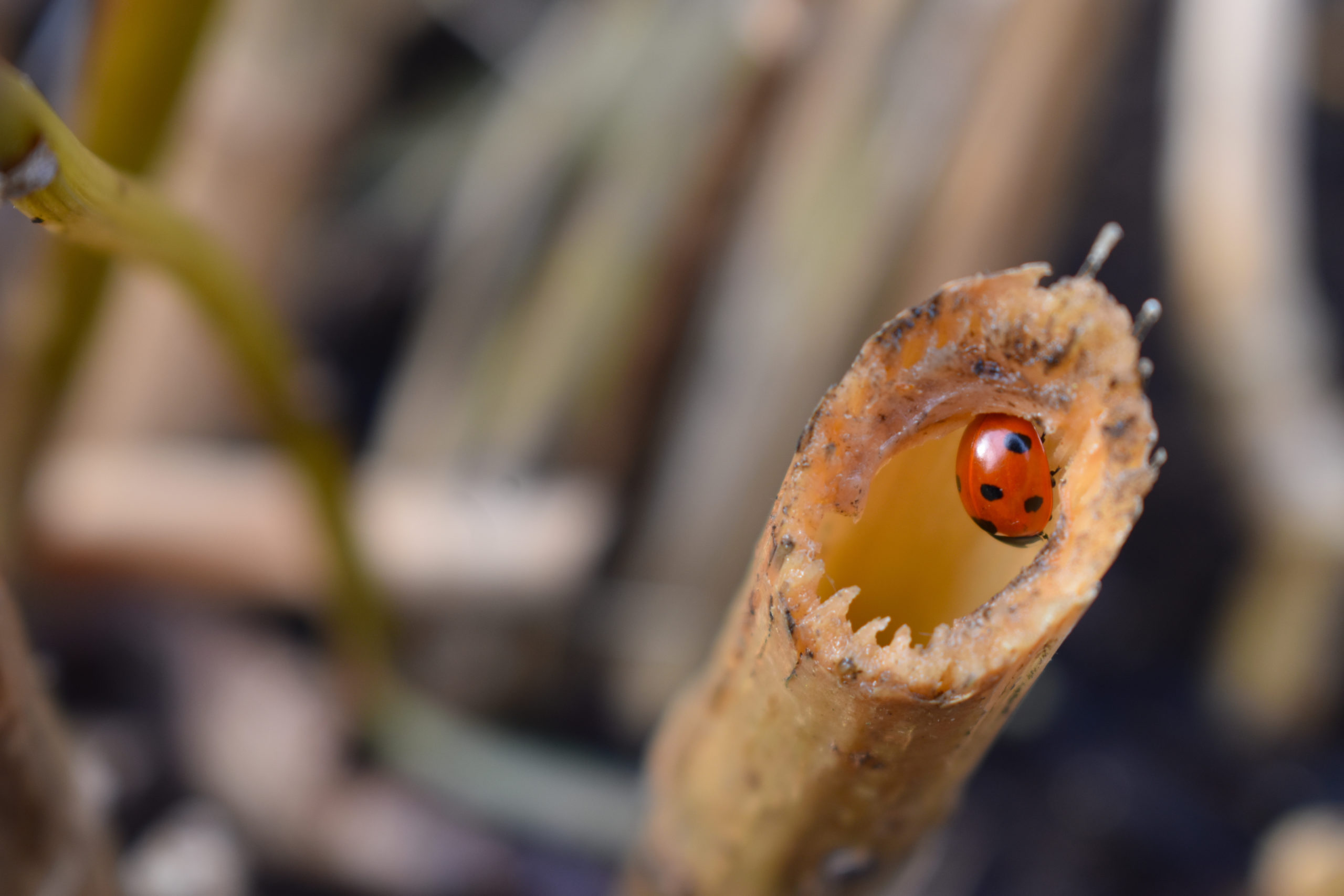
Ectoparasites
Parasites are organisms that live off of another, known as the host, and often harm the host as they use them for their own survival. Unfortunately, there’s a fair share of pests that are also ectoparasites (ie. external parasites that both live and feed outside of their hosts). Some common ectoparasitic pests include mosquitos, bed bugs, ticks, and fleas.
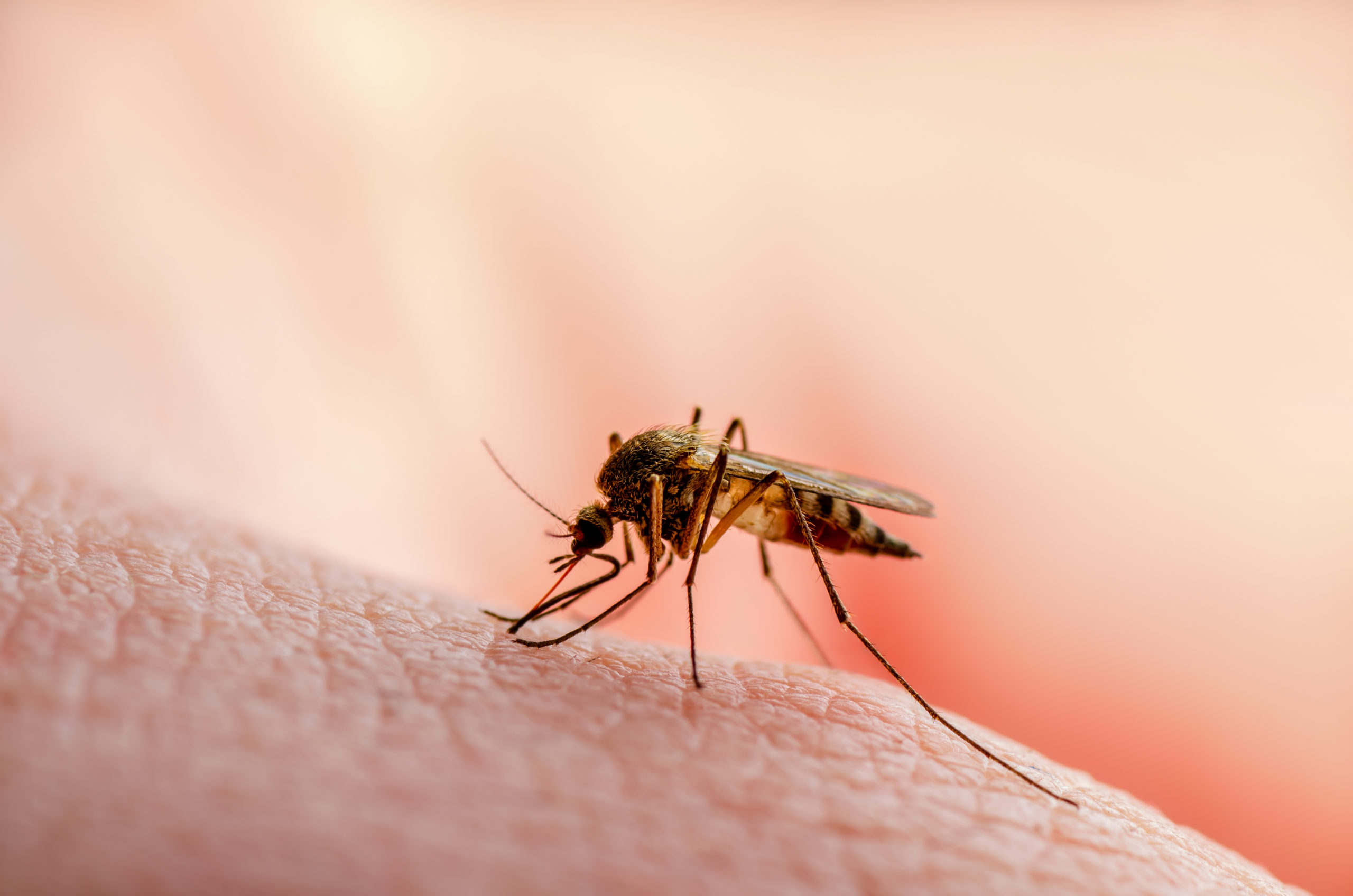
Entomology/Entomologists
Entomology is a branch of study within the zoological sciences that focuses specifically on insects and entomologists are the scientists that conduct these studies. The range of duties for entomologists can vary drastically and include such tasks as:
- Classifying insects
- Studying their life cycles
- Examining their physiology
- Observing and recording their behaviors
- Studying their role in ecosystems
- Cataloging migrations
- Estimating changes in population
- Studying different kinds of pests as well as their dangers and effects on their environment, including forest pests, agricultural pests, urban pests, veterinary pests and pests that are vectors of disease
Entomologists can also pursue a variety of careers within entomology from researching and teaching, to consulting. Across the country, these kinds of positions are available in universities, private companies, corporations, or even some government agencies.
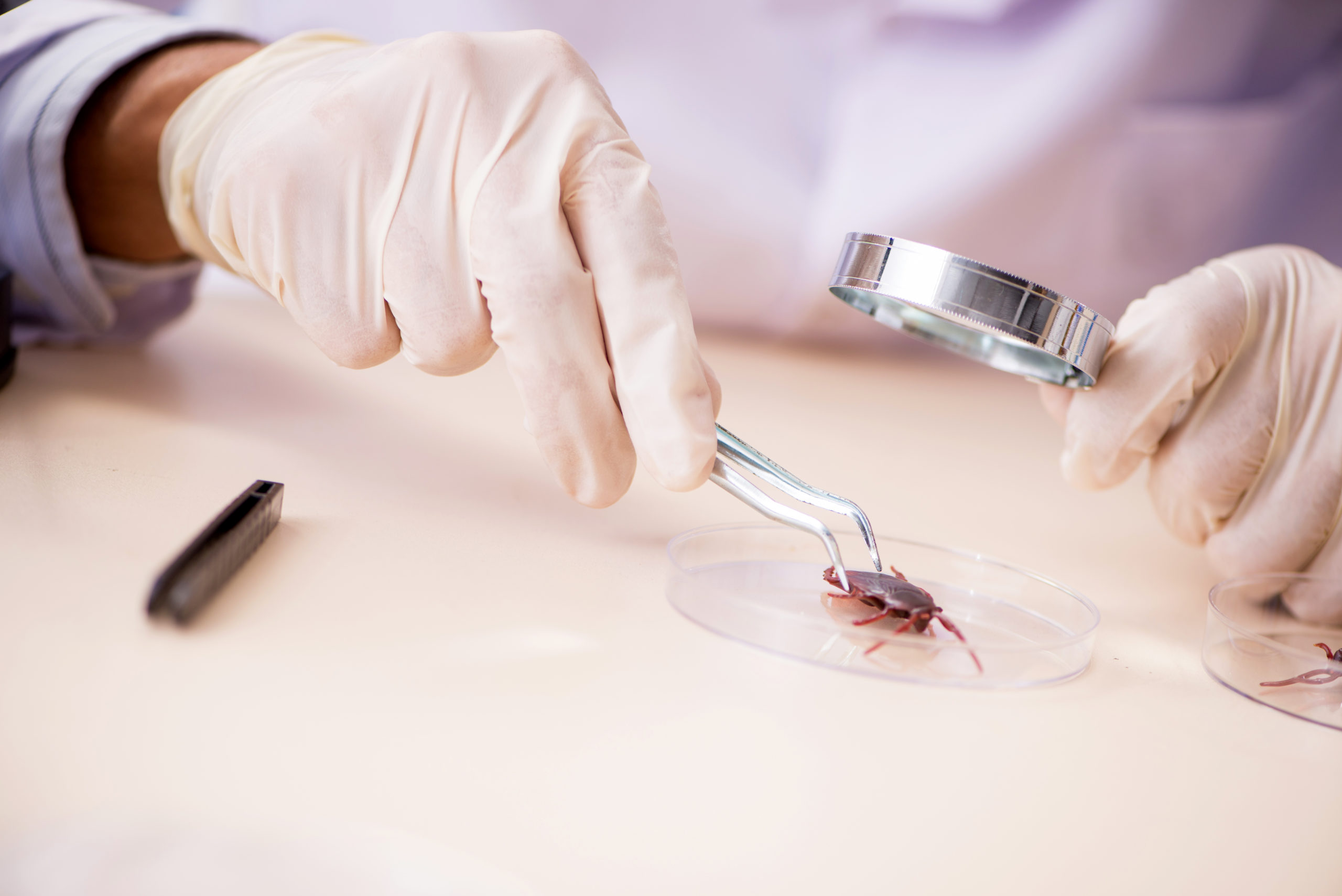
Exclusion Services
An exclusion service is the blocking/sealing of cracks and holes that could be used by pests as points of entry into your home. Typically, exclusions are only able to be completed by pest control professionals when the opening is the size of an apple or smaller, and anything larger than that needs to be handled by a contractor.
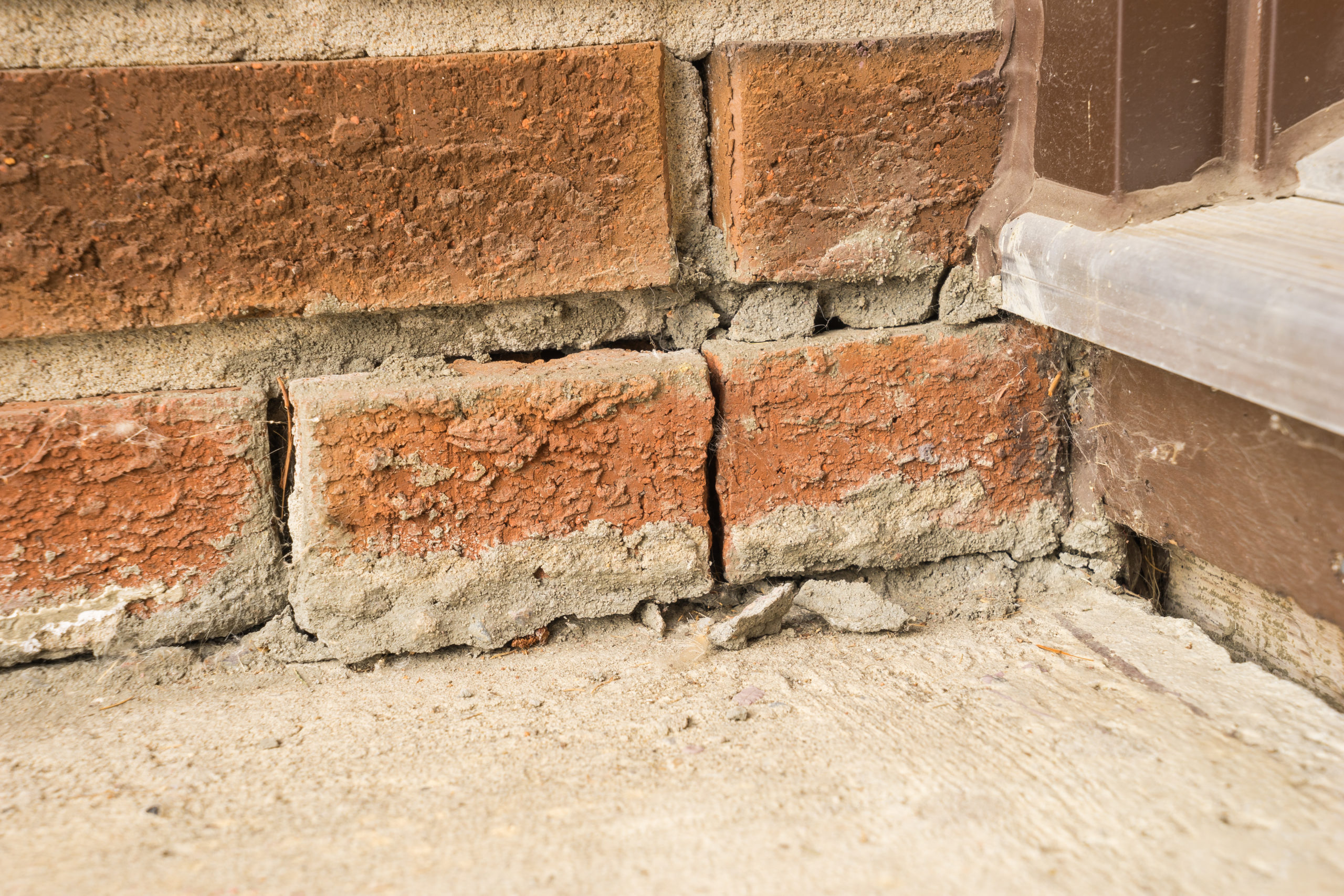
Extermination (vs. Pest Control)
Exterminators are professionals who specialize in the elimination of insects and vermin from a variety of different locations. Primarily it is assumed that exterminators only end ongoing infestations however, that is only half of the job. Exterminators also place a precedence on preventing pest problems in homes and commercial properties.
There is a misconception that exterminators are different from pest control experts however, the terms are, in fact, synonymous with one another. In the past, the term exterminator was more popularly utilized, while nowadays the terms pest control technician or pest control professional are more widely used both within the industry and colloquially.

Fogging
Fogging is a method of pest control that converts the pesticide into a mist/droplet form, allowing it to spread out to cover a large area. Most commonly this is used in yards for mosquito and tick abatement. Once the ‘fog’ has settled and dried, it is safe to go back out in the yard.
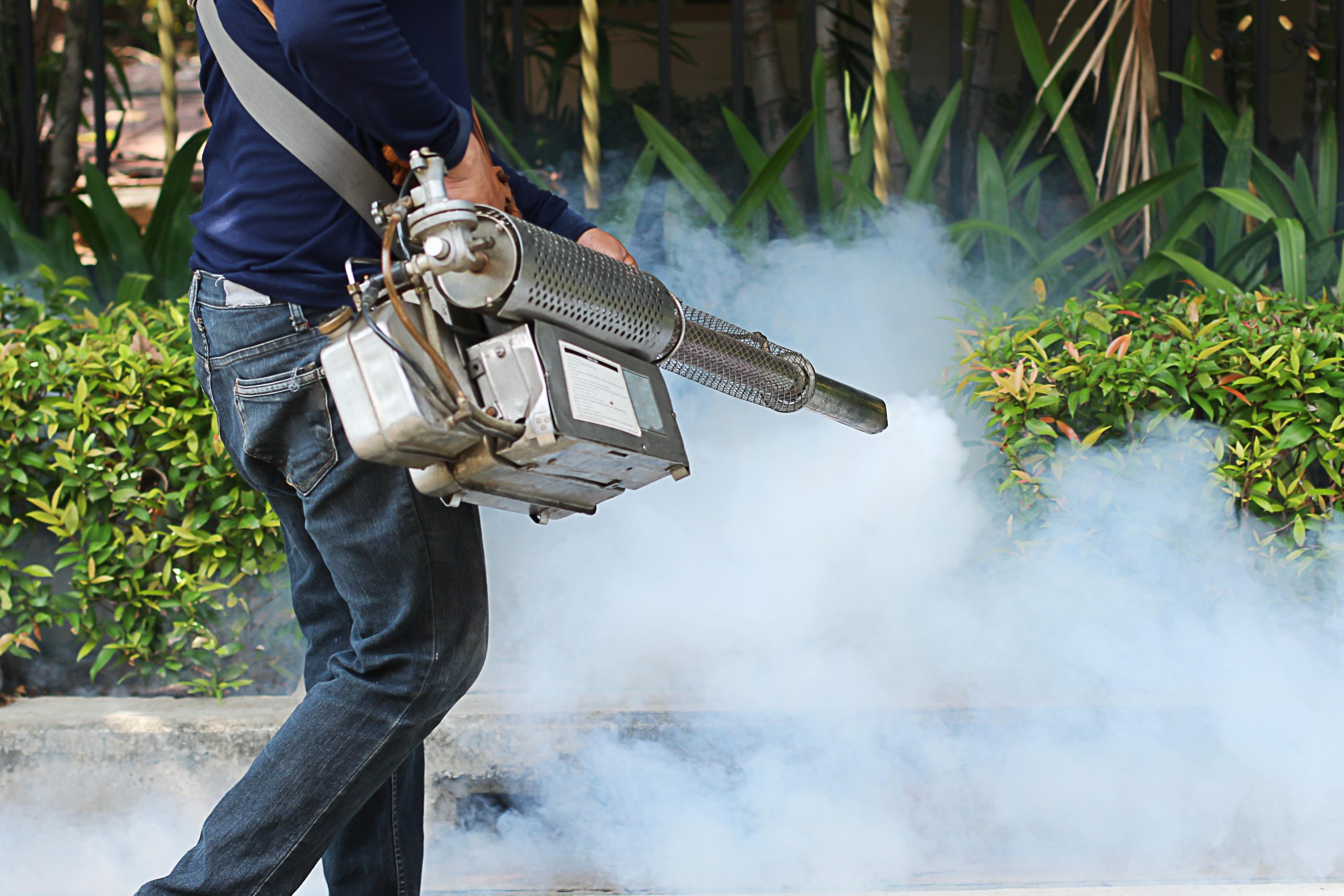
Fumigation
Fumigation is a very intense form of pest control in which an area is blocked off (often ‘tented’) in order to fill an area with gaseous pesticides in order to exterminate the harmful pests within. It is a fairly drastic measure that is no longer a very common practice and is mostly used for severe drywall termite infestations.
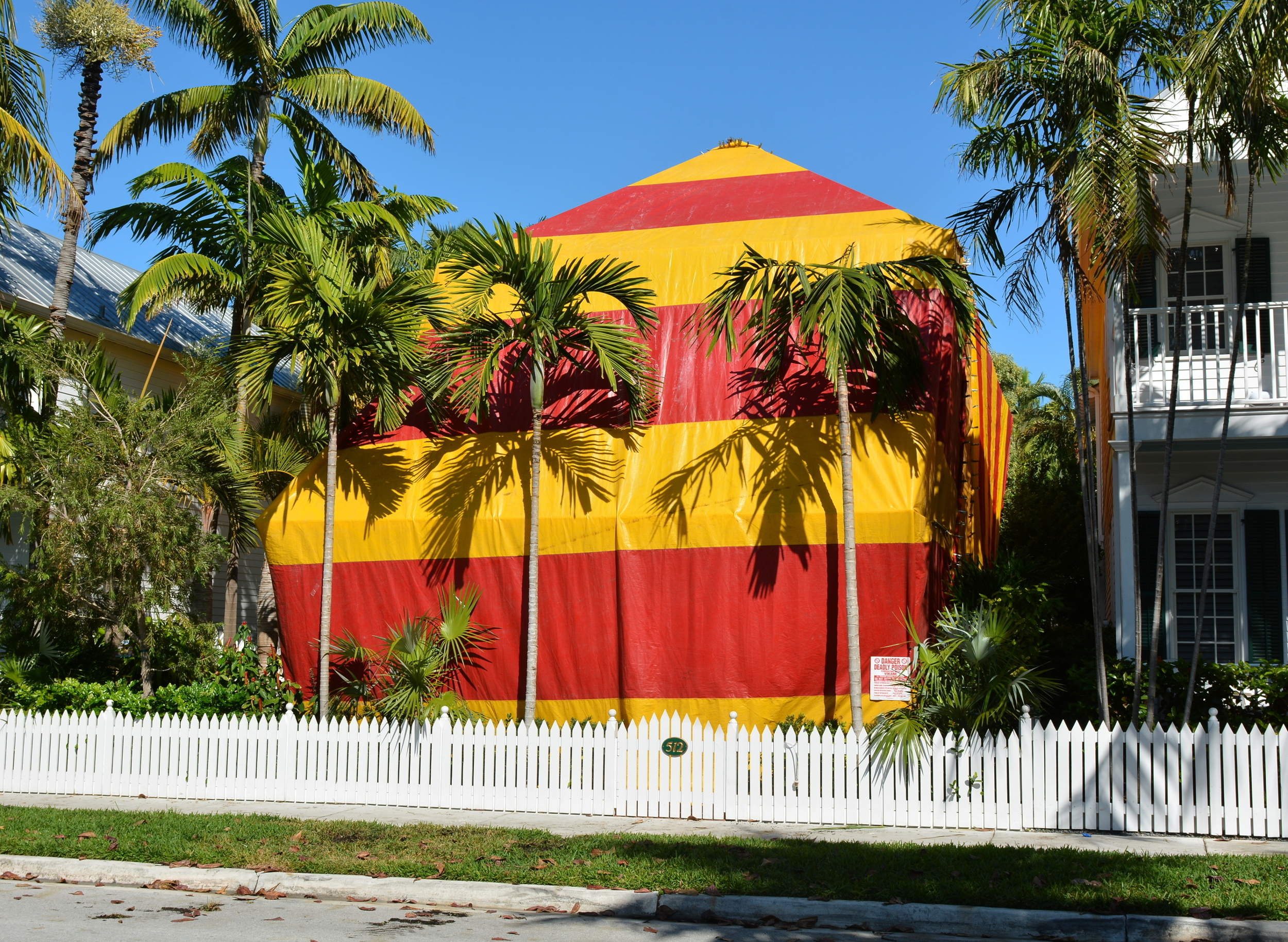
Heat Treatments
Heat treatments are a fantastic, ecofriendly option for exterminating bed bugs. Traditional chemical treatments require a minimum of 2-3 visits to target bed bugs as they mature. This is because chemical treatments are not effective on bedbug eggs. So, while it may appear as though the problem has disappeared once the adults stop biting, it’s only a matter of time before the eggs begin to hatch and the nymphs start searching for their blood meals. Then, it’s difficult to retreat in time as the eggs will hatch at different times and continuously spraying chemicals in your home, especially in your bed, is not at all ideal.
With heat treatments, the infected area is heated to at least 115°F (46°C). Once the area has reached this heightened temperature, it must be maintained for roughly 10 minutes, which is ample time for both adult bed bugs and their eggs to expire from exposure to the heat. This method of bed bug control is far. More effect, efficient, and eco-friendly.

“Initial”
An ‘initial’ is the first pest control treatment someone receives and is a more involved visit than any follow-up or maintenance treatments. Typically, initials involve an in depth inspection of the area in order to determine areas of entry, high activity, and breeding; exclusion services and point of entry identification; spraying, dusting, granulating, and brushing; and a full consultation with the customer.

IPM (Integrated Pest Management)
Integrated Pest Management (IPM) is a technique utilized by pest control companies that involves several different methods of pest control. However, it is important to note that not every company using IPM is, in fact, employing environmentally friendly solutions, as we do at Pointe Pest Control, and instead use synthetic pesticides under the guise of IPM. When implemented correctly, IPM drastically reduces and can even completely eliminate the use of pesticides, resulting in less exposure to harmful pest control products for both you and the environment, as well as minimizing the amount of products that need to be used overall by 90%. IPM is used to emphasize the importance of examining your unique situation in order to focus our efforts in an organized and efficient manner, thereby reducing the use of extraneous products and getting to the source of your pest issue.
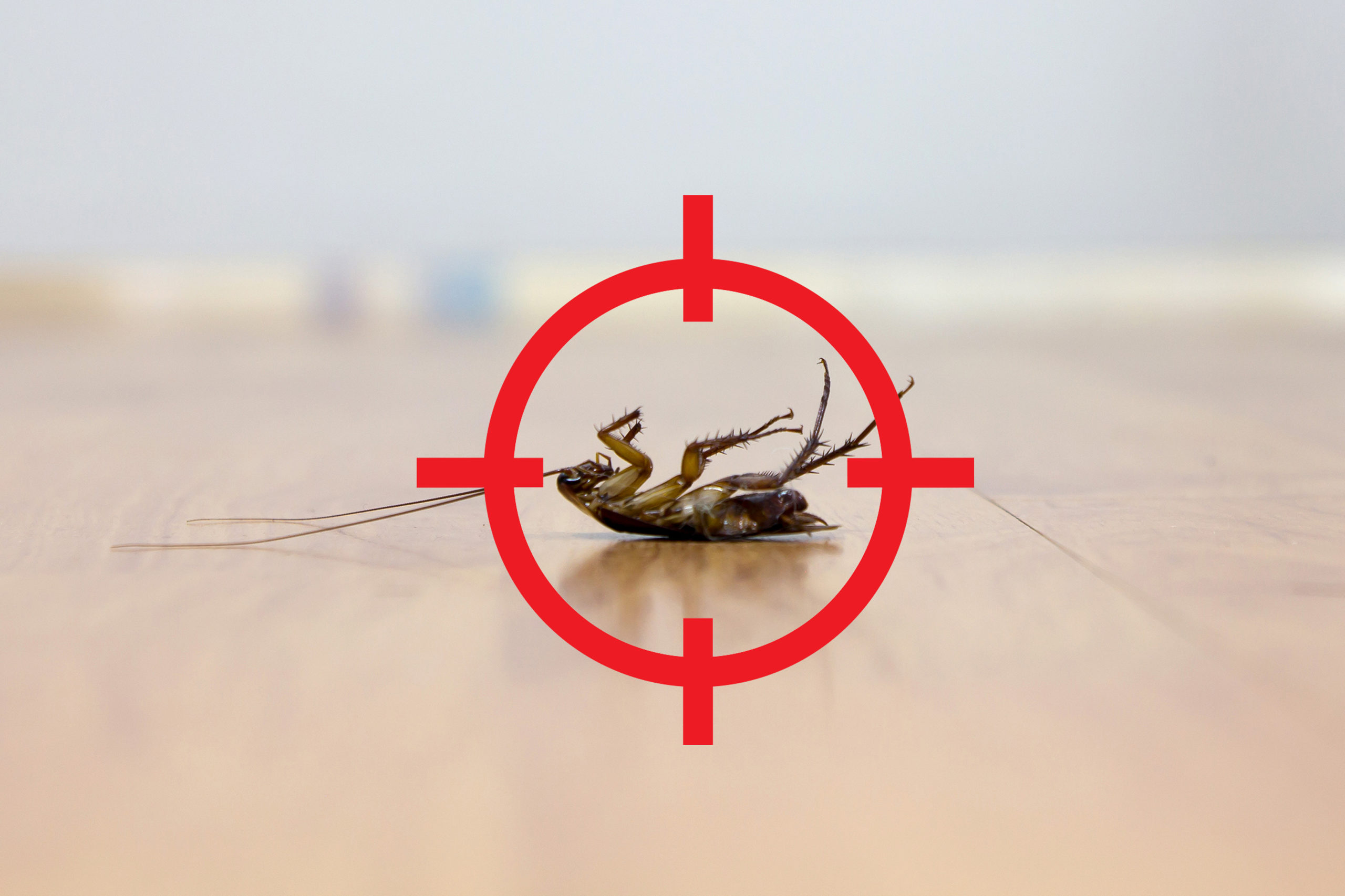
PMP
PMP stands for Pest Management Professional and is a term that can be used to describe a number of people within the pest control industry.

Taxonomy
Taxonomy is the scientific identification and classification of organisms through the use of hierarchical categories. All known creatures both alive and extinct have undergone taxonomic classification, from being members of a broad category, all the way down to their specific species. There are 8 taxonomic categories starting with the largest umbrella categories and becoming more specified with each following level. The categories include Domain, Kingdom, Phylum, Class, Order, Family, Genus, and Species. This is where insects, arachnids, etc. get their scientific names and classifications.
For example, the term “insect” derives from the class name Insecta, which is part of the phylum Arthropoda (members of the animal kingdom that have exoskeletons). Broken down with taxonomical classification, it looks like this:
Domain – Eukaryota
Kingdom – Animalia
Phylum – Arthropoda
Class – Insecta
Insects are then organized further into families, genus’, species, and sub-species.
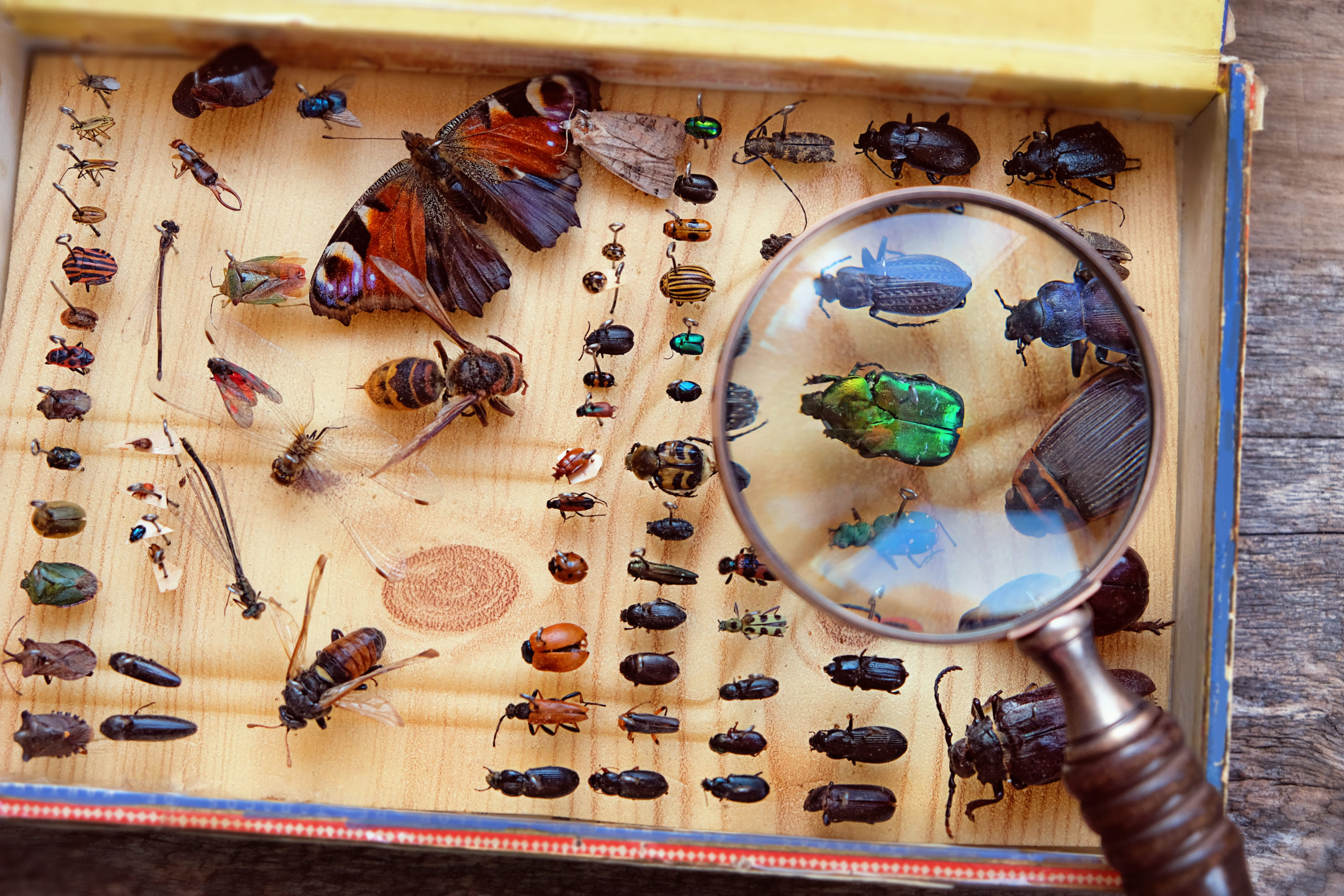
Vector Pests
Vector pests are pests that can carry and transmit a variety of pathogens. Possibly the most infamous vectors of disease are mosquitos, who are responsible for causing several million deaths per year and have even been called the “World’s Deadliest Animal” by the CDC. Other common vector pests include ticks, rats, mice, and fleas.
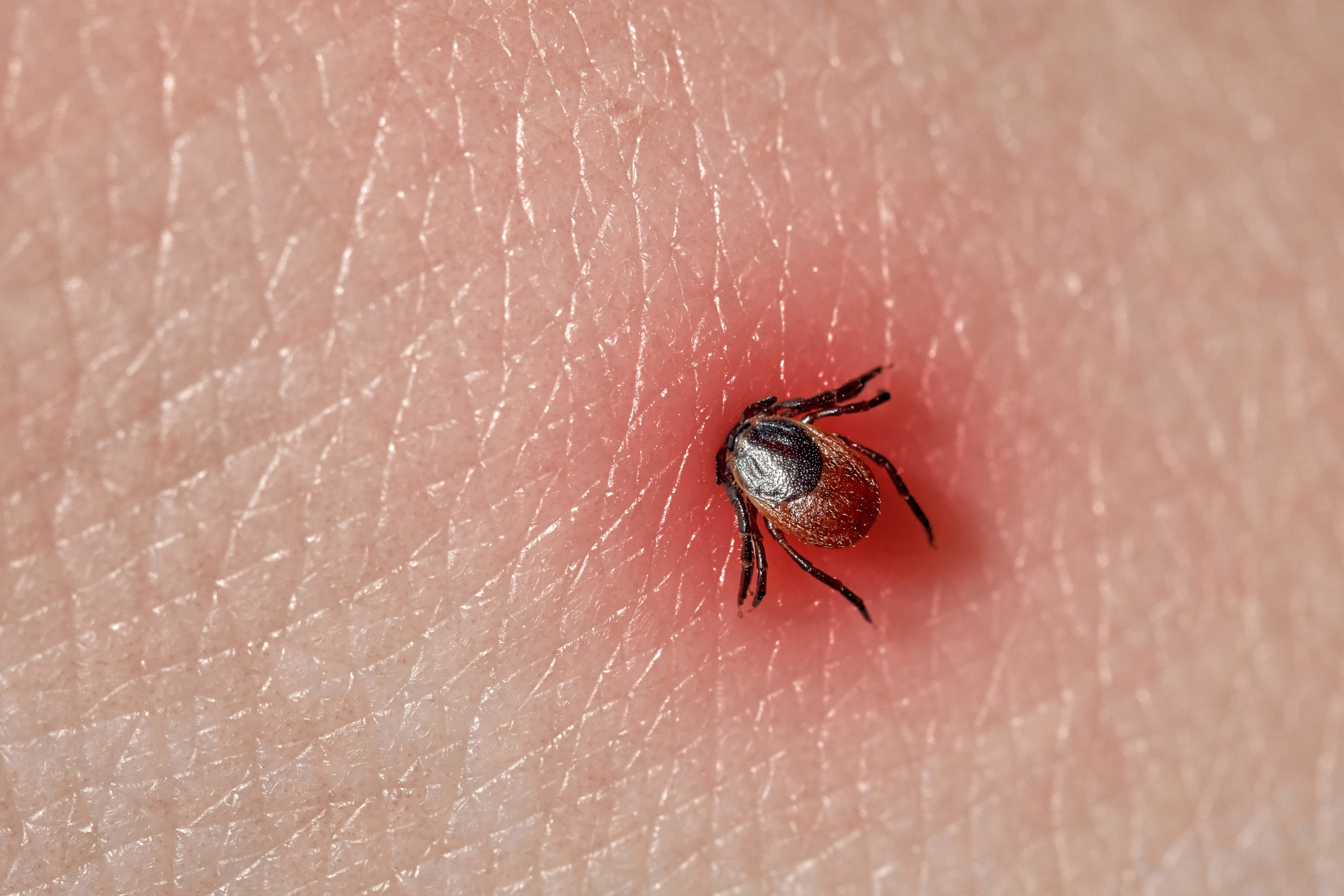
Citations
Blevins, M. and Hiskey, D. (2019) Where Do Insects Go in the Winter?, YouTube. Today I Found Out. Available at: https://www.youtube.com/watch?v=KHc19HHERAo (Accessed: June 2020).
Chapter 4: Disease Vectors and Pests (2009) Centers for Disease Control and Prevention. The National Center for Environmental Health. Available at: https://www.cdc.gov/nceh/publications/books/housing/cha04.htm (Accessed: January 20, 2021).
Taxonomy (2020) Basic Biology. Available at: https://basicbiology.net/biology-101/taxonomy (Accessed: October 2020).
A Simple Guide to Preventing Stinging Pests
A Simple Guide to Preventing Stinging Pests A Simple Guide to Preventing Stinging Pests Summary: Stinging insects are more active in warm weather, [...]
These 10 Natural Mosquito Repellents Can Actually Help
These 10 Natural Mosquito Repellents Can Actually Help These 10 Natural Mosquito Repellents Can Actually Help Summary: Natural mosquito repellents are easier to [...]
How to Get Rid of Carpet Beetles
How to Get Rid of Carpet Beetles How to Get Rid of Carpet Beetles Summary: Carpet beetles are sneaky pests that don’t usually [...]
How Do Roaches Affect Asthma and Allergies?
How Do Roaches Affect Asthma and Allergies? How Do Roaches Affect Asthma and Allergies? Summary: It’s no secret that pests impact human health, [...]
These 5 Carnivorous Pests Might Surprise You!
These 5 Carnivorous Pests Might Surprise You! These 5 Carnivorous Pests Might Surprise You! Summary: There are many eco-friendly ways to prevent pests, [...]
The 5 Pet Pests That Really Bug Dogs and Cats
The 5 Pet Pests That Really Bug Dogs and Cats The 5 Pet Pests That Really Bug Dogs and Cats Summary: Dogs and [...]

